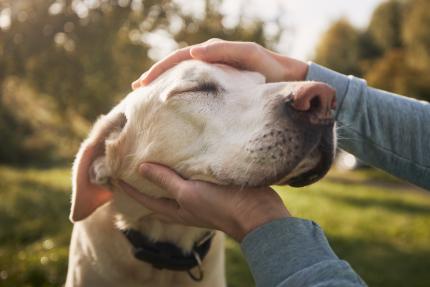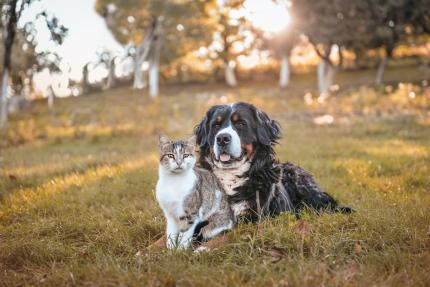Deepfakes, Part 2: Resources for All Ages
These resources will help everyone — from elementary students to library staff — spot deepfakes.
These resources will help everyone — from elementary students to library staff — spot deepfakes.
To quote Bob Dylan, "the times, they are a changin'" — and information literacy in schools is more important than ever.

Ogden Farmers' Library attracted 20- and 30-somethings with a low-key event with therapy dogs.
Why reinvent the wheel? John Jackson shares his tabletable for promoting programs at his academic library.

Pet Grams are an easy way to spread kindness and cuteness while promoting academic library resources.
Columbia College Chicago Library asks what they can do for their students at the beginning of their artistic careers.
UCSB's library created student-led book clubs to satisfy the need for in-depth book-centered discussions.
In a time of information overload and manipulated media, how can we use the election as a learning moment?
National History Day is a nonprofit education organization whose programs engage students in conducting original research.
It's time to breathe some life into our library lessons with the TED-Ed lesson series.